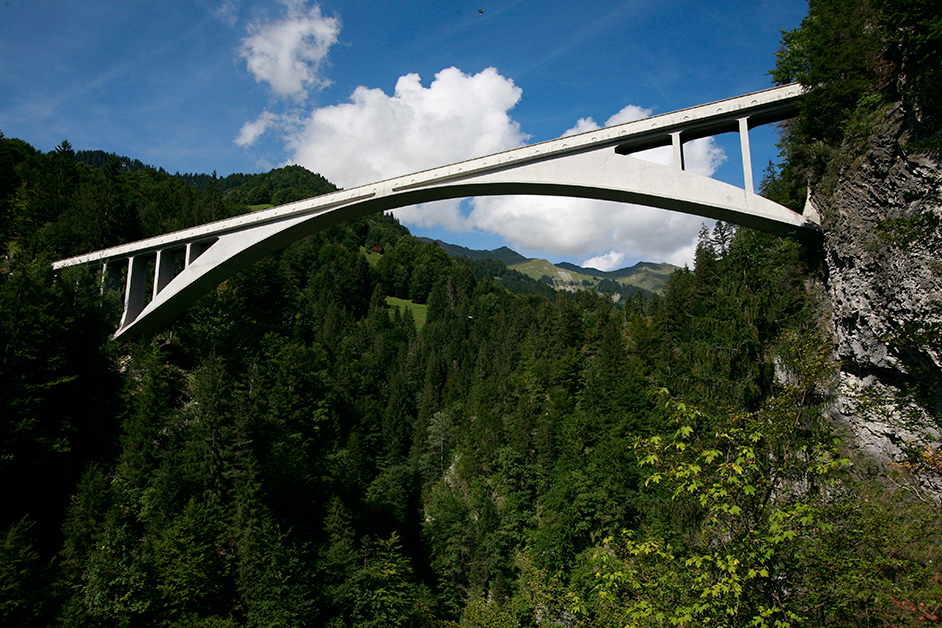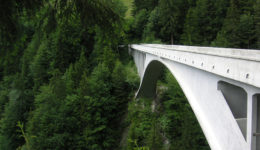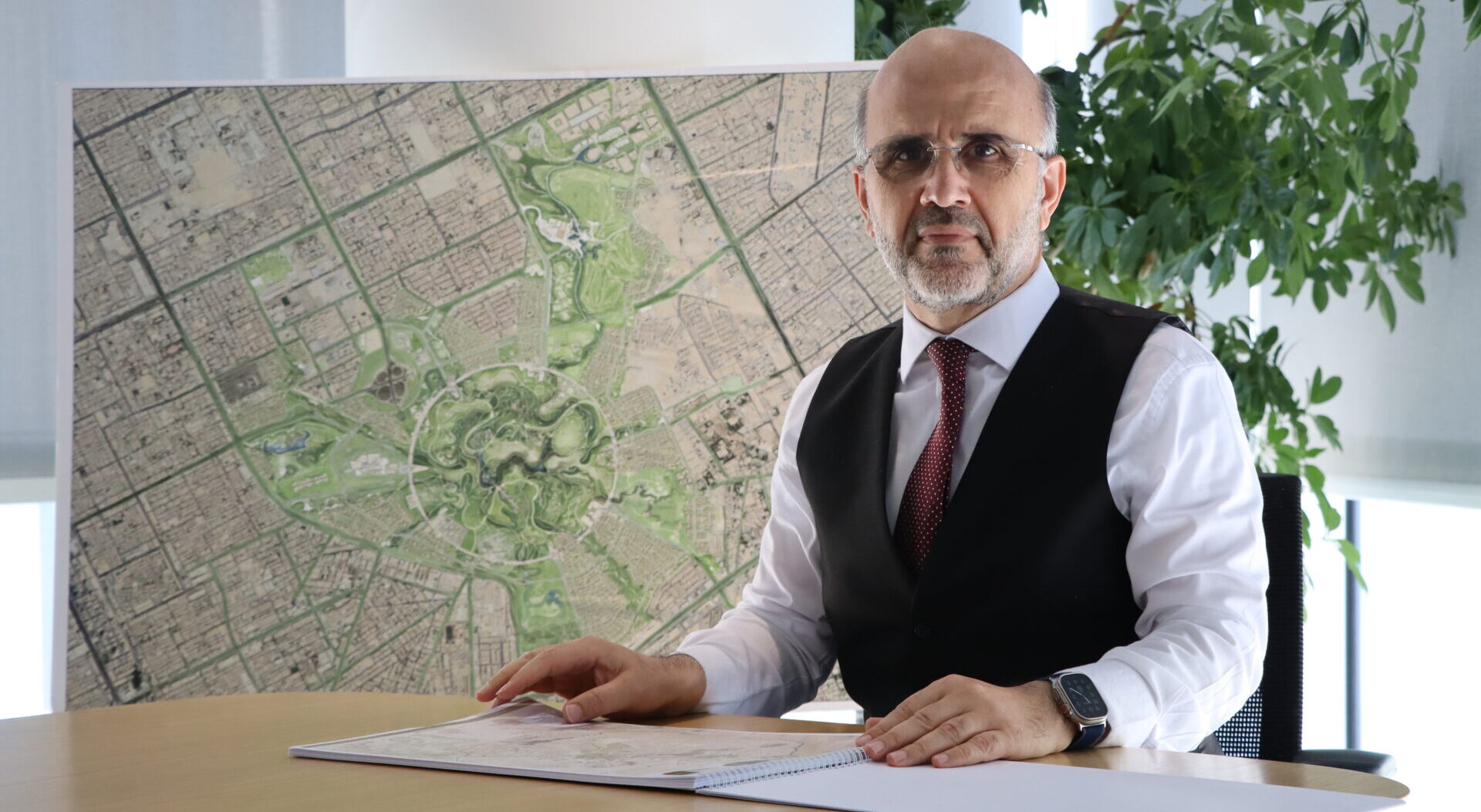 Salginatobel bridge, Switzerland, completed 1930, engineered by Robert Maillart.
Salginatobel bridge, Switzerland, completed 1930, engineered by Robert Maillart. .
Few have mastered the art of structural concrete as completely as Robert Maillart (1872-1940). This visionary Swiss civil engineer was responsible for numerous breakthroughs in the early 20th century that pushed reinforced concrete to its limits. To him, concrete structural design was truly an art rooted in the quest for economy.
Maillart is best known for his bridges in the Swiss Alps. Each built for the fraction of the cost of a conventional bridge, these distinctive and impossibly thin forms can be found flying gracefully over rivers and gorges. Two bridges in particular demonstrate a few of his innovations, though there are many more to be seen. Wary of restrictive mathematical analysis, he often relied on intuition, simple graphic analysis, and test models to develop his designs. While these unconventional methods would not suffice today, Maillart was nonetheless able to design structures of remarkable beauty, cost-efficiency, and structural integrity.
One of Maillart’s most iconic achievements is the Salginatobel bridge, a 133-meter span constructed in 1930 over a deep valley in eastern Switzerland. The bridge is known as much for its daring and beautiful form as for its highly economical construction.
Its design came out of Maillart’s search for an improvement upon his earlier hollow-box arch system. Searching for a way to use even less concrete, he developed the deck-stiffened arch, an innovation that yielded cost savings and dynamic forms. Here, instead of continuous walls parallel to the road deck, Maillart placed a series of vertical cross-walls connecting the deck to the arch. This caused the deck and the arch to be rigidly attached so that they would have to bend together under uneven loads. To reduce the bending stress on the arch, Maillart stiffened the deck by adding more steel reinforcement, thereby allowing the arch to be even thinner.
Throughout his career, Maillart continued to experiment and push reinforced concrete structural technology to new limits, inspiring structural engineers and architects to strive for greater performance through design.













